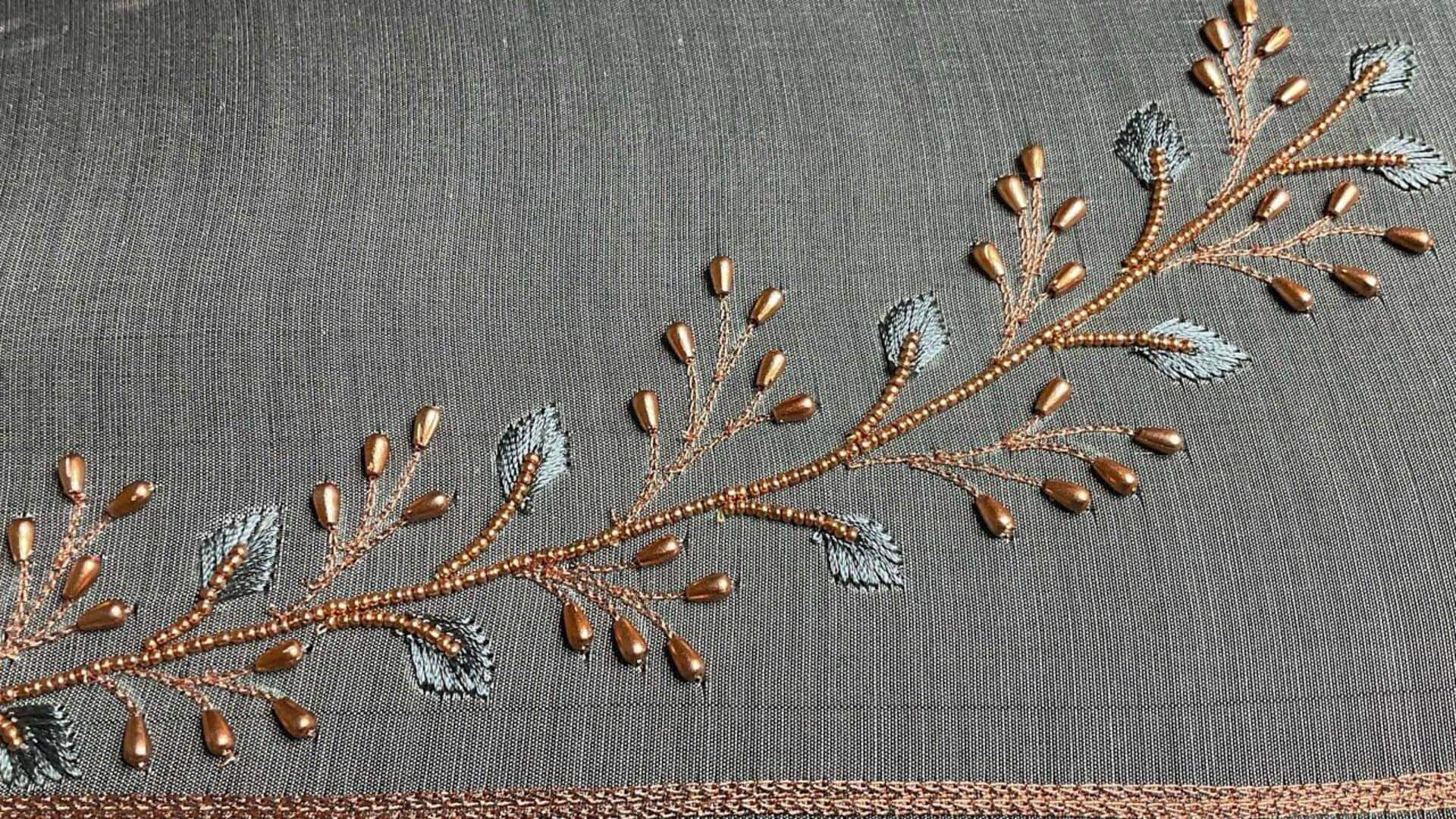
Discover aari embroidery: A timeless Indian artistry
What's the story
Aari embroidery, a traditional Indian craft, is famous for its intricate and delicate designs. Dating back to the Mughal era, this art involves creating fine chain stitches on fabric with the help of a hooked needle. The technique is popularly employed to create elaborate patterns on garments, home decor items, and accessories. Its timeless appeal rests in detailed craftsmanship that makes anything it adorns elegant.
Origins
Historical roots of Aari embroidery
Aari embroidery dates back to the Mughal era when craftsmen started using hooked needles to create intricate designs. The technique was first favored by the royals because of how luxurious it looked. It eventually made its way to different parts of India, with each contributing its own elements to the craft. Today, it is still a beloved tradition that represents India's rich culture.
Craftsmanship
Tools
The main implement of aari embroidery is a unique hooked needle, known as aari. Before commencing work, artisans stretch fabric on a wooden frame or a hoop. The needle forms chain stitches by looping thread through the fabric. This technique enables the creation of intricate patterns and textures that are both sturdy and beautiful.
Motifs
Popular designs and patterns
embroidery showcases a wide range of motifs inspired by nature, including flowers, leaves, and animals. Geometric shapes and paisley patterns also form a prominent part of this art. The designs can either be simple or complex, depending on the artisan's skill level and creativity, which makes every piece unique.
Contemporary use
Modern applications of aari embroidery
Today, aari embroidery isn't just confined to traditional wear but has also seeped into the latest fashion trends, and even home decor items like cushion covers, wall hangings, etc. Designers use this technique in modern day clothing lines to inject an element of sophistication, all the while keeping cultural heritage alive with creative uses.